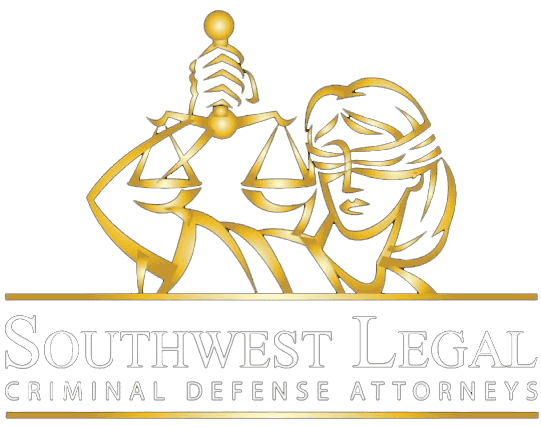Every driver in California encounters stop signs daily. Whether in residential areas, city intersections, or rural roads, the expectation is always the same: stop completely before proceeding. Yet, many drivers are ticketed each year for rolling through stop signs or ignoring them altogether.
California Vehicle Code § 22450 CVC outlines the legal requirement for stopping at stop signs and certain railroad crossings. Many drivers mistakenly believe that slowing down is enough, or that if no one is around, a quick roll through the intersection is harmless. However, California law is clear—and violations can result in fines, points on your license, and increased insurance rates.
This blog will walk you through what § 22450 CVC means, how it’s enforced, what penalties you could face, and how to defend yourself if you’ve been ticketed. Understanding this law is the first step toward protecting your driving record and avoiding unnecessary legal trouble.
What California Vehicle Code § 22450 CVC Requires
California law mandates that drivers come to a complete stop at stop signs. A proper stop means your vehicle must come to a full halt—not a slow roll—at a designated location. The proper stopping point is usually at a clearly marked limit line. If there’s no limit line, then you must stop before the crosswalk. If there’s no crosswalk either, then you must stop at the point nearest the intersection where you can safely view oncoming traffic.
The same rules apply at railroad grade crossings where stop signs are posted. Drivers must stop before crossing the first set of tracks unless directed otherwise by a traffic officer or signal.
Failure to stop at these designated points—even by just a few feet—can still count as a violation under § 22450.
What Counts as a Violation?
Many drivers are ticketed not because they blew through a stop sign, but because they didn’t fully stop. This is often referred to as a “rolling stop” or “California stop,” where the vehicle slows down but doesn’t come to a complete halt. This is a violation under the law.
You can also be cited if you stop too late, for example, after you’ve already crossed the limit line or entered the crosswalk. Other common violations include failing to stop at a railroad crossing stop sign, or not stopping at an intersection where a stop sign is placed on a minor road entering a major road.
Penalties for Running a Stop Sign
If you’re cited for violating California Vehicle Code § 22450 CVC, the penalty is more than just a minor inconvenience.
The base fine for running a stop sign is typically around $238, though court fees and surcharges can increase the total amount you’ll pay. In addition to the fine, a conviction will result in one point on your driving record. This point may remain on your record for up to three years and can cause your insurance premiums to rise.
In some cases, if you are eligible, you may attend traffic school to keep the point off your record. However, traffic school still requires payment of the fine and may not be available to all drivers, particularly those with prior violations or those driving commercial vehicles.
Ignoring or failing to respond to a stop sign ticket can lead to even more serious consequences, including license suspension, additional fines, or even a misdemeanor charge for failure to appear in court.
Common Defenses to a Stop Sign Ticket
If you’ve been ticketed under § 22450 CVC, you are not automatically guilty. There are several defenses that may apply, depending on the circumstances.
One common defense is that the stop sign was not visible or properly maintained. If the sign was obscured by trees, damaged, or missing altogether, you may be able to argue that you were not legally required to stop.
Another defense involves the location of your stop. If you stopped slightly past the limit line due to unclear road markings or a poorly designed intersection, you may be able to present that as a mitigating factor.
You may also argue that the officer made a mistake in observing your stop, especially if you can provide dashcam footage or eyewitness statements supporting your version of events.
Drivers also have the option of requesting a Trial by Written Declaration, where you submit your defense in writing without appearing in court. If that is unsuccessful, you can ask for a new trial and appear in person to present your case.
Why This Matters to You
Running a stop sign might seem like a minor issue, but it can carry serious consequences. Points on your license add up quickly, especially if you’ve had other traffic infractions. Higher insurance costs and the possibility of license suspension make fighting a wrongful ticket worth your time.
More importantly, stop signs exist to prevent collisions and protect both drivers and pedestrians. Fully stopping at intersections isn’t just about avoiding a fine—it’s about keeping everyone on the road safe.
Need Help With a Stop Sign Ticket?
If you’ve been ticketed for violating California Vehicle Code § 22450 CVC and you’re unsure of what to do next, Southwest Legal is here to help. Our experienced legal team understands the nuances of traffic law and knows how to fight stop sign violations effectively. Whether you want to challenge your ticket, reduce the penalties, or explore your eligibility for traffic school, we’re ready to assist. Don’t let a simple mistake damage your driving record or cost you money you could save. Call us today for a free consultation and let us help you protect your license, your insurance, and your peace of mind.





